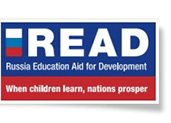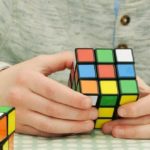Every once in a while we go in for a medical checkup, and the doctor runs tests to monitor our health. Based on the results, the physician can prescribe necessary medicine, evaluate the effectiveness of treatment, identify risk factors, and suggest preventive measures to improve our health. Now, consider what would happen if the results of our medical tests never reached the doctor. The doctor would be unable to interpret our test results, and thus would not know what measures to take to improve our health.
Just as a doctor uses information from a test to improve our health, student assessments aim to measure learning, identify areas for improvement, evaluate the effectiveness of programs, and inform the introduction of interventions to improve learning. If the results of students’ learning assessments never reached teachers or school principals, education practitioners would not be able to take informed actions to improve learning.
Implementing large-scale student learning assessments requires significant investment of technical, financial, and operational resources, but the task does not end there—one of the main challenges of education evaluation systems is figuring out how to best use the collected data to improve student learning. This part of the student assessment journey is the hardest to walk…
The full version of the article can be found here







